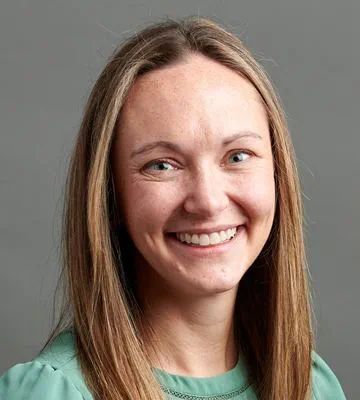Impact of Standardization on Racial and Socioeconomic Disparities in Non-Accidental Trauma Evaluations in a Pediatric Emergency Department
Laura E. Elliott, MD
Michael A. Gittelman, MD
Eileen M. Kurowski, MD MS
Elena M. Duma, MD
Wendy J. Pomerantz, MD
Part of session:
Platform Presentations
Sunday, December 4, 2022, 9:00 AM to
10:15 AM
Background:
Multiple studies have illustrated racial and socioeconomic disparities in workups of non-accidental trauma (NAT). We aimed to investigate how implementation of a standardized, age-based NAT guideline in a pediatric emergency department (PED) impacted racial and socioeconomic disparities in NAT work-ups.
Methods:
We conducted a retrospective chart review of patients < 6 months old who presented to our level 1 trauma center PED and satellite community PED. Patients with an injury diagnosis code concerning for NAT, as defined in our guideline, between 1/1/2012 and 12/31/2020 were included. Critically ill patients, those with bone or bleeding problems, those with injuries not in the guidelines or injuries due to motor vehicle crashes, and those with witnessed injuries were excluded. Variables abstracted from the health record included patient demographics and components of the standardized NAT guideline for patients < 6 months of age (skeletal survey, head CT, ALT, AST, lipase). A standardized manual chart review process was utilized to review charts for inclusion/exclusion criteria, to review injuries coded as “unspecified,” and to determine if a social work (SW) consult was obtained and if child protective services (CPS) was notified. Full NAT work-up was defined as head CT, skeletal survey, AST/ALT, lipase, and SW consult. Patients’ home addresses were geocoded to a specific census tract, and a social deprivation index (SDI) was assigned. A steady state of guideline adherence was reached in January 2016, and comparisons were made between the periods before and after with Chi-Square and student’s t-tests.
Results:
A total of 870 patients (432 pre- and 438 post-guideline) were included for analysis. Before guideline implementation, more patients with governmental than commercial insurance had SW consults (56% vs 34.6%, p< 0.001) and skeletal surveys (53.8% vs 40.5%, p=0.02); these differences were not seen after the guideline. More patients with governmental insurance had CPS reports filed both before (34.1% vs 13.7%, p< 0.001) and after (39% vs 16.4%, p< 0.001) the guideline. Overall adherence to all guideline elements increased from 19.2% before guideline implementation to 54.8% after implementation (p< 0.001). The portion of patients who underwent complete workups and had CPS reports filed increased after guideline implementation (13.7% vs 28.5%, p< 0.001). Fractures accounted for the greatest number of injury codes both pre- and post-guideline; complete workup of fractures increased from 30.4% pre-guideline to 73.7% post-guideline (p< 0.001). There were no differences in race, ethnicity, insurance type, or SDI among who had full NAT work-ups before or after the guideline was implemented.
Conclusions:
Implementation of a standardized NAT guideline led to significant increase in complete NAT workups. Increase in CPS reporting after guideline implementation suggests that increased testing may have led to increased injury identification and prevention of further injuries. Guideline implementation did not introduce new racial or socioeconomic disparities in NAT workups.
Objectives:
1) Compare non-accidental trauma (NAT) workup compliance before and after implementation of an age-based guideline implementation.
2) Describe the disparities that exist in NAT workup between patients with governmental and commercial insurance.
3) Discuss how implementation of an age-based NAT guideline impacted disparities in workup between patients with governmental and commercial insurance.

